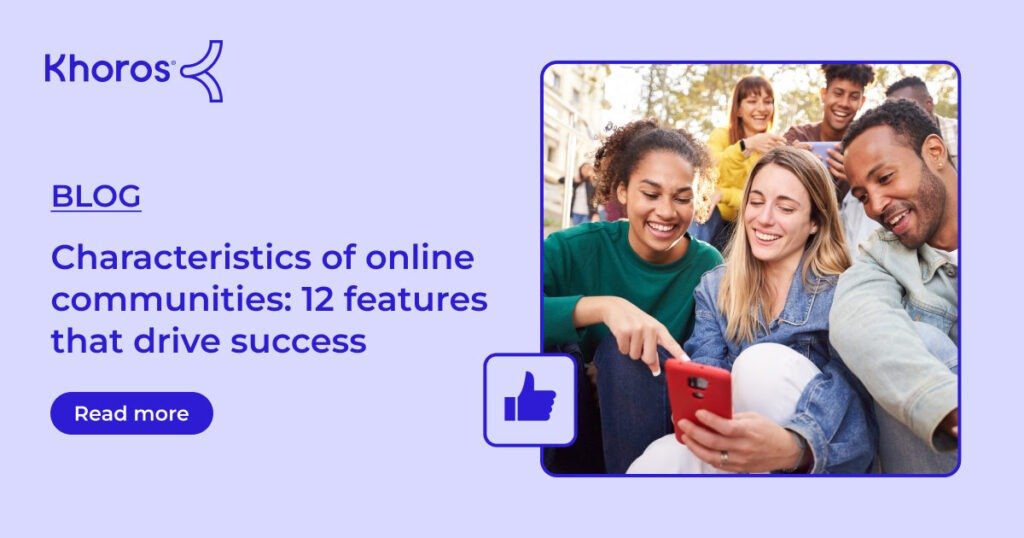
An online community can be an invaluable source of brand loyalty and support, but its management requires an expert team. Staying current on community management trends is paramount.
Community managers should be available throughout the day to surface content and address members’ inquiries, including responding to private messages, shoutouts, and story reposts.
Building a community
Before creating a community, it’s crucial to establish your target demographic. This will allow you to select appropriate tools and set appropriate goals, while also understanding how much time can be devoted towards it. Some brands choose online community management software while others develop communities through channels such as Facebook Groups.
An effective online community should serve as a conduit of feedback, whether that means gathering customer insights, driving sales or improving product development. To meet this objective, set clear goals and monitor community performance regularly using metrics such as traffic growth, network size and engagement rates.
One of the keys to building a community is initiating engaging discussions that keep members coming back for more. To do this effectively, you’ll need a content calendar and plan ahead, while being ready to respond promptly when people have queries or need answers quickly.
An effective community manager should provide members with useful information and interact with them in an authentic manner, helping to develop trust among audience members. Furthermore, ideal community managers will communicate in an upbeat and friendly way that reflects the brand’s identity to increase engagement among users and enhance overall community experience.
Engaging your audience
Engagement is at the core of online community management. Some communities use newsletters or chat tools such as Slack or MS Teams for live discussions with members; other host events or webinars in person or online to keep members engaged with your brand (Helloday’s Workspaces Newsletter for instance features photos of its employees working from home).
Community managers need to provide clear guidelines that clarify expectations in order to foster engagement and loyalty among their audiences. Furthermore, they should identify relevant KPIs such as new member registrations, digest open rates and post/replies; then compare these metrics against past benchmarks or targets to assess growth trends.
Online communities must take additional measures to optimize themselves for SEO so that prospective members can find them easily, as well as including conversion analytics to measure the impact of their efforts on customer behaviors and double down on initiatives that are making an impactful impression. An experienced community manager is essential in maintaining an engaged, healthy, and sustainable community and encouraging ongoing participation.
Creating a positive brand image
One of the key aspects of community management is creating a sense of belonging among your members. You can do this through providing meaningful content, creating a safe environment or helping them attain their goals – all which help strengthen loyalty and expand brand recognition. By prioritizing these aspects of management, your community will flourish more fully than ever!
At the same time, it’s essential to recognize that each online community differs and that you must adapt your approach accordingly. Do this by conducting an analysis on demographics of your audience members, their preferred platforms and the conversations they participate in – this way you can identify what matters most for your community and develop plans to fill any gaps that exist.
Community managers must also understand how to strike an equilibrium between promotional elements and community-building best practices. They should be able to effectively promote their communities on social media without detracting from customer experience, as well as efficiently responding to any customer concerns that may arise.
Brands can create community engagement through user-generated content (UGC). British mobile company Vodafone’s active online community encourages and appreciates customers as well as employees of the company; some responses even feature them directly! This makes the brand seem more human while helping increase sales; it also gives Vodafone valuable customer insights.
Boosting sales
Online community management can be an effective way to drive sales. Aside from increasing brand loyalty and raising brand awareness, this form of management also facilitates customer retention and product advocacy. However, it’s essential not to get stuck into metrics-focused community management strategies, and instead focus on qualitative benefits instead. Here are a few techniques for doing this:
Content and contribution community management is one of the most common types of community management, involving community members contributing their own content for you, such as in a marketplace, crowdfunding campaign or user-generated content (UGC). This type of community management makes customers feel valued and connected to your company while simultaneously helping them find answers to their queries. Support and feedback community management involves setting up forums where customers and users can ask questions and share stories; feedback requests on new products and services also fall within this realm of community management.
Communities that align with your business goals are the best communities. For instance, if your main aim is lead generation, content and resources that educate prospects and guide their buying journey should be included in your community – this could include webinars, Q&A sessions or online courses as means of education and assistance. Dedicated community management platforms offer tools needed to achieve these goals while offering customized analytics reports tailored specifically for you and your needs.


